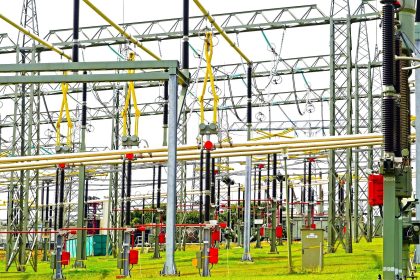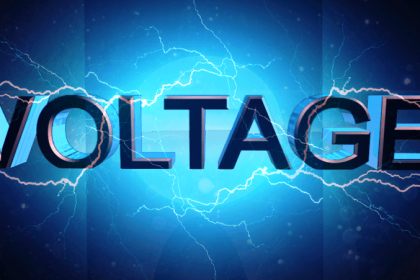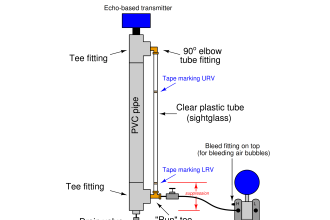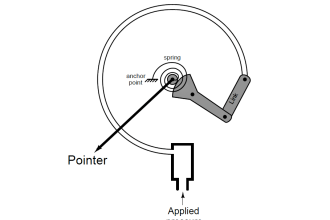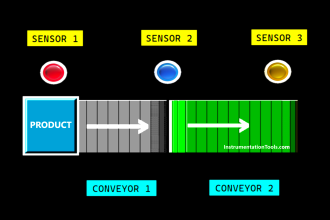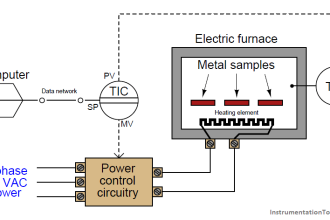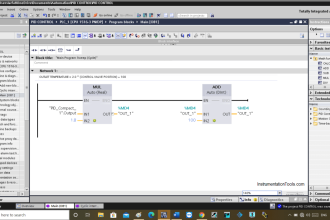Silicon Carbide Arresters (SIC):
The Non linear lightning arrester basically consists of set of spark gaps in series with the silicon carbide non linear resistor elements. Lightning arresters are connected between the phase conductors and ground. During normal system operating voltage conditions, the spark gaps are non conducting and isolate the high tension (HT) conductors from the ground. However whenever an overvoltge of magnitude dangerous to the insulation![]() of the apparatus protected occurs ( these over voltages or over surges may be caused due to lightning strikes on the conductors or due to Extra High Voltage (EHV) switching) the spark gap breaks down and allows the high voltage surge current to flow through the ground.
of the apparatus protected occurs ( these over voltages or over surges may be caused due to lightning strikes on the conductors or due to Extra High Voltage (EHV) switching) the spark gap breaks down and allows the high voltage surge current to flow through the ground.
Working Principle of Silicon Carbide (SIC) Lightning Arresters:
The volt-ampere characteristics of the non linear resistor in the lignting arrester can be approximately described by expression V = KIβ. Where K and β are dependent on the composition and manufacturing process of the Non linear Resistor (NLR). The value of β lies generally in the range of 0.3 and 0.45 for modern silicon carbide (SIC) lightning arresters. If the voltage across the Non Linear Resistor (NLR) doubles, the current would increase approximately by 10 times
Therefore, with multiple spark gaps arresters can withstand high Rate of Recovery Voltage (RRRV). The non-uniform voltage distribution between the gaps (which are in series in lightning arresters) presents a problem. To overcome this, capacitors and non-linear resistors are connected in parallel across each gap. In case of lightning arresters employed for high voltage applications, capacitors and nonlinear resistors are connected across the stock of gaps and NLRs. With the steep voltage wave surge the voltage is mainly controlled by the capacitor and at the power frequency by the non-linear resistors. It is obvious that when the over voltages cause the break down of the series gaps, the current would be very high so as to make the voltage to subside very fast. The highest voltage that appear across the lightning arrester would be either the spark over voltage of the arrester or thevoltage developed across the non-linear resistor during the flow of surge current. The lowest spark over voltage of the arrester is called the hundred percent impulse spark over voltage of the arrester. The voltage developed across the non-linear resistor during the flow of surge current is called residual voltage. The lower the value of the voltage developed the better the protection of the lightning arrester
Disadvantages of Silicon Carbide (SIC) Arresters:
Some of the disadvantages of silicon carbide arresters compared to gapless arresters are given below:
- Silicon Carbide (SIC) arresters have inferior V-I Characteristics compared to Zno arresters (Metal oxide arresters).
- Decrease in energy absorption (surge wave) capability compared to Zno arresters.
- Probability of sparking between the gaps.
Advantages of Silicon Carbide (SIC) Arrester :
- Due to the presence of gaps the normal power frequency voltage during normal operation is negligibly less compared to gap less arresters. Hence no leakage current flow between the line and earth in SIC arresters

